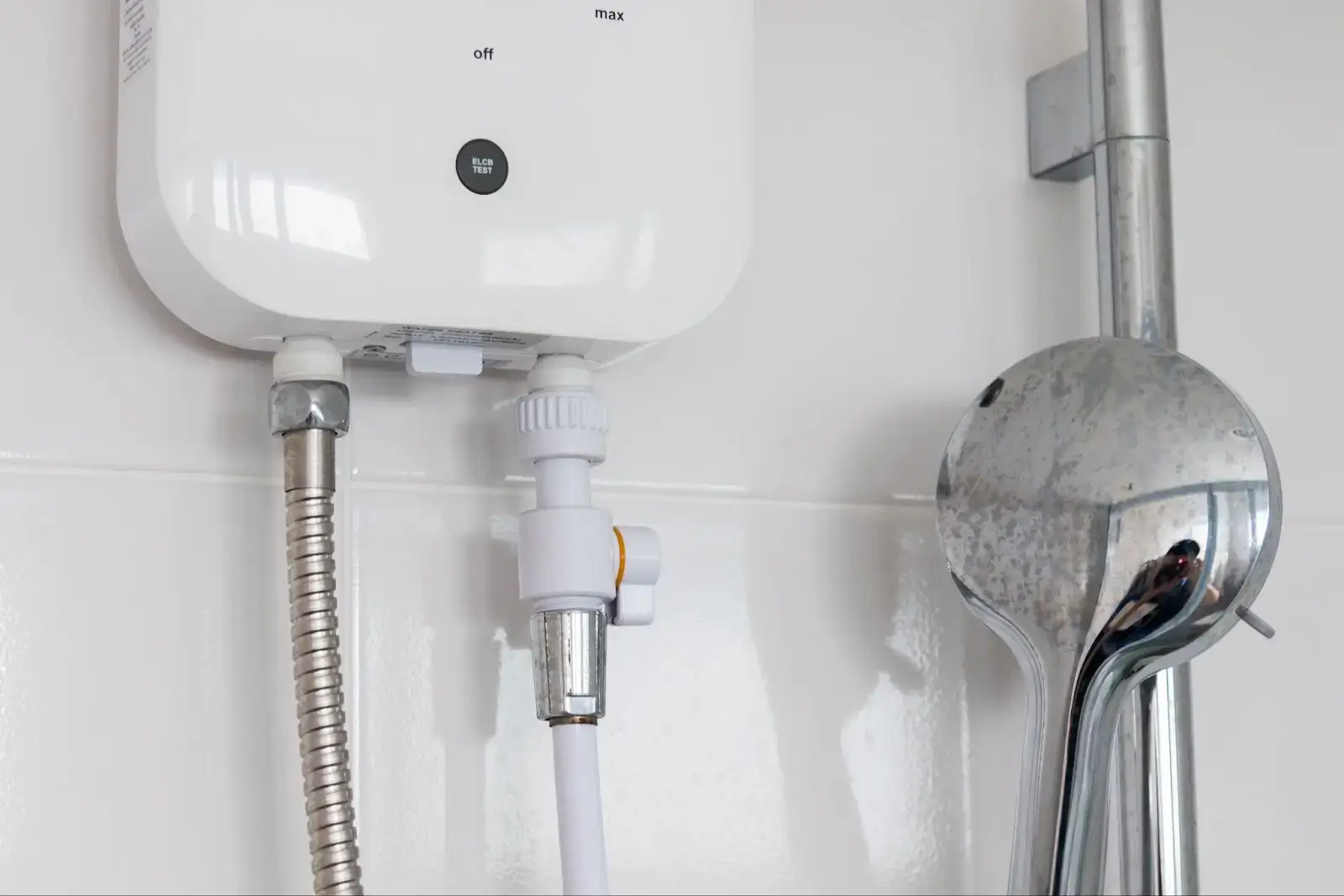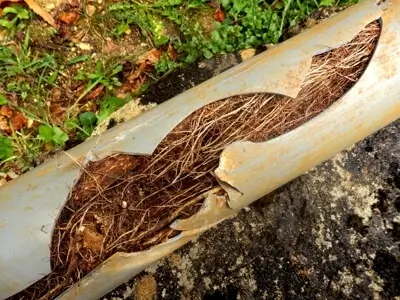A furnace burner is an essential part of a furnace system.
It works by mixing fuel with air to create combustion that generates heat.
Different furnaces use different burners (such as oil-fired or gas-fired) depending on the type of furnace they’re connected to.
Regular maintenance is important to keep furnace burners running efficiently and safely.
In this article, we'll take a closer look at gas furnace burners, how they work, and why maintenance is so important.
What is a Furnace Burner?
A furnace burner is an important component of a furnace that helps create heat throughout the home.
To a first-time homeowner, understanding what furnace burners do and how they work is important to keep their home warm and comfortable throughout the colder months.
Furnace burners are where air and fuel mix together and then are burned to create heat.
The heated air is then distributed through the house via pipes or ductwork.
The fuel source is typically gas, oil, or propane but it could vary based on the type of furnace installed.
Many furnaces have a single furnace burner, while others have two a.k.a. a dual burner.
These versions increase efficiency by using two separate sources for combustion rather than one single source.
Some furnace burners may include a pre-mixer before the actual burner.
This is where the air and fuel are mixed before burning.
This maximizes the furnace's efficiency and heating capabilities by ensuring a more effective combustion process.
Homeowners are responsible for ensuring that their furnace burners are kept in good condition for optimal performance, safety, and energy efficiency.
This is best accomplished through regular maintenance checks from a licensed HVAC technician.
How Does a Gas Furnace Burner Work?
Gas furnace burners work mechanically and thermally, converting fuel into heat energy. In the case of a gas furnace, the fuel is natural gas, delivered to the flame chamber, where it is ignited and used to warm air for circulation throughout your home.
Here’s a step-by-step guide to understanding how a gas furnace burner works:
Step 1: Signaling Heat
When the temperature in your home drops below the thermostat setting, the thermostat sends a signal to your furnace, triggering it to initiate heating.
Step 2: Delivering Fuel
Once the signal has been received, the gas valve opens up to allow gas to flow through pipes and reach the furnace burners.
At this point, air enters through an intake located within the furnace. Fresh air mixes with the gas to create an ideal blend that will ignite safely without producing any dangerous fumes or soot.
Step 3: Combustion
The mixture of gas and air ignites at the burner, either using an electric spark or a pilot light that burns continuously.
The flame from this ignition then heats metal surfaces within sealed combustion chambers known as the “heat exchanger”.
The heat exchanger is designed with special convection channels that maximize heat transfer from one surface to another.
Step 4: Transferring Heat
The heated metal surfaces of the heat exchanger transfer warmed air into surrounding air ducts. This warm air is circulated throughout your home via a blower fan, which forces it through vents around your house.
Step 5: Shutting Off
Once your furnace reaches your desired temperature, it shuts off the furnace burner, and the heating cycle repeats.
Different Types of Furnace Burners
There are a few different styles of furnace burners available. The most common include: Conversion, Inshot, and Upshot.
Here's a closer look at each one:
Conversion Burners
A conversion furnace burner is designed to replace burners in old furnaces or boilers—allowing them to run off a different fuel type.
It can be used to switch from an oil furnace burner to a clean gas furnace burner or vice versa.
By installing a conversion burner, you can reuse your existing hardware and still benefit from using different types of fuels.
Conversion burners also offer higher efficiency and more power compared to traditional burners.
Using advanced features such as variable speed controls and premixing air and fuel, these burners can reduce emissions without sacrificing heat output.
Additionally, their components require little or no adjustment during installation. They tend to be lighter than conventional burners, making them easier to install.
Inshot Burners
An inshot burner combines air and a gaseous fuel source to create a combustible mixture to generate heat. This method is more efficient than other furnaces. It also doesn't produce as many harmful emissions.
Inshot burners can save you money on your utility bills. Additionally, they allow for rapid heating of air or water because they reach temperatures up to several thousand degrees quickly. This makes them ideal for situations where it's necessary to warm large areas.
Upshot Burners
An upshot burner is a type of furnace burner typically found in older furnaces such as natural draft furnaces. It works by burning fuel, such as natural gas, to produce heat and warm your house.
The upshot burner works by creating a draft or vacuum using the warm air created from the gas flame to pull cold air into the furnace chamber. The compressed air forces the flames to shoot up through the tubes inside the furnace.
This is why it’s called an “upshot” burner.
Unfortunately, this type of technology isn’t very energy efficient and can cause dangerous backdrafts if not properly managed.
How Long Do Gas Furnace Burners Last?
In most cases, furnace burners should last for a very long time, depending on how well the furnace is maintained. With routine maintenance and good upkeep, the burners can last over 15-20 years or more. However, damp conditions or the use of propane gas can cause rusting and corrosion to occur. This can reduce the lifespan of furnace burners considerably.
In these cases, stainless steel burners are recommended as they can better withstand corrosion and rusting caused by propane gas.
It is also important to clean your furnace regularly to avoid debris buildup. This could result in clogged burner ports or malfunctioning components.
How to Clean Gas Furnace Burners
Here's how to clean gas furnace burners:
Step 1: Turn Off Power
Before beginning, turn off the power to the furnace at the service panel. This is a necessary safety precaution that should be noticed.
Step 2: Find the Access Panels
Locate the access panel of your gas furnace and remove it carefully. Depending on the age of your furnace, this panel may be held in place by screws or clips that must be removed before you can access the burner assembly.
Step 3: Inspect the Burners
Once inside, inspect the burner assembly for any signs of damage or dirt buildup. Remove debris with a stiff brass brush or vacuum cleaner attachment. Note if there are any issues, such as metal fatigue or carbon deposits. This will require more attention, including replacing certain parts of the furnace burner assembly.
Remove whatever pieces you can from the burner chamber. Clean the insides with a small wire brush or vacuum cleaner attachment. Remember to wear protective eyewear while performing this task. Particles can become airborne and irritate your eyes and skin.
Step 5: Reassemble Components
Once all surfaces have been cleaned, reassemble all components according to the manufacturer's instructions. Ensure they fit snugly together before attempting a blue flame test.
Check for loose connections and tighten them with a wrench or screwdriver.
Turn on your gas furnace and check for proper operation. Follow the manufacturer's instructions for testing flame size and overall function.
Typically, these are only found in commercial settings where multiple furnaces are present in a single area.
It would be wise to contact a professional if you do not feel comfortable doing this yourself.
When Should I Get Furnace Repair and Maintenance?
Ideally, furnace repair and maintenance should be carried out every year. The furnace needs to be checked for any malfunction or damage, particularly during the winter when it is being used constantly. This can help keep your furnace running efficiently while also preventing costly repairs down the line.
You must also check the furnace burner and clean or replace it as necessary. Any buildup of soot, dust, or other debris could cause the furnace to malfunction. A furnace technician can help determine if the furnace burner needs to be replaced or cleaned.
We Provide Professional and Reliable HVAC Services!
Keeping your furnace running efficiently and safely can be a challenge. During the cold winter months, it's important to ensure that your furnace is in good condition so you may continue to rely on it for heat.
Sunset Heating & Cooling provides professional HVAC services, so you don't have to worry about furnace burner problems year-round. Our experienced technicians will inspect your furnace and provide any necessary repairs or replacements.
We also offer regular maintenance services, so you can rest assured that your furnace runs safely and efficiently all season long.
Contact us today for more information!







